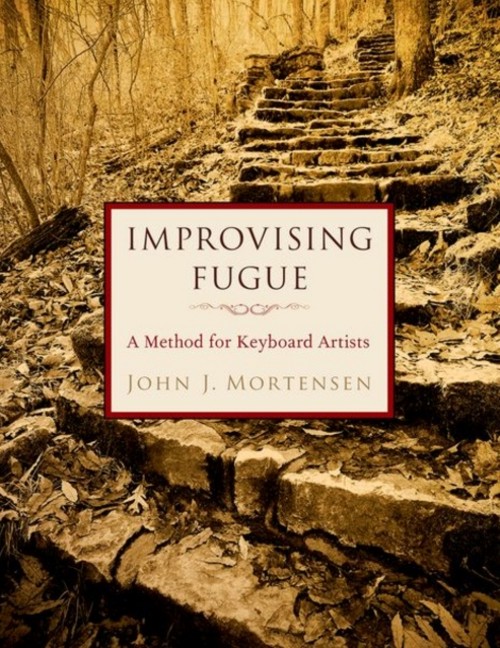
Piano Tuning: A Simple and Accurate Method for Amateurs
Cree Fischer, J.
Dover Publications. 1975Ficha técnica
- EAN: 9780486232676
- ISBN: 978-0-486-23267-6
- Editorial: Dover Publications
- Fecha de edición: 1975
- Encuadernación: Rústica
- Dimensiones: 13,5x20
- Idioma: Inglés
- Nº páginas: VI+202
Bajo pedido
Sin stock. Si se pide hoy, se estima recibir en la librería el 02/05/24PVP. 14,90€
Añadir a la Lista de deseos
If you have a note that has dropped in pitch, do you have to call in the tuner? A stuck key? Sympathetic rattle? Missing bridles? A broken hammer shank? An unglued ivory? The answer, in each case, is no; you can make all of these repairs yourself.
This is the clearest and the most complete book available for beginning tuners and amateurs pianists. It explains all the basic processes practically and with model clarity. A non-musician can use this book without too much difficulty.
You will learn how to upright, grand and square actions work, and hoy to take care of most small repairs -repairing stuck keys, poorly adjusted bottoms and capstains, crowed back checks, felts and leather on the hammers, hammer stems; softening damper and hammer felts; installing new bridles; climinating "sympathetic rattles", all with a minimum of tools and training.
You will learn a professional method of tuning based on slightly flattened fifths, where only the octave and the upward fifth intervals are used. This is one of the easiest systems to learn, one capable of a great deal of control, and one perfectly suited to adjusting one or two keys. It is a tested method, especially right for the amateurs working without a teacher, and a method that trains the ear for other recommended systems. The author also explains "beats", the theory of the tempered scale, and useful experiments you can make with harmonic phenomena.
If you want to experiment with tuning piano, there is no better book to start with. It will help performers and teacher make occasional repairs and learn the structure and scale of the piano. Those who want to know how pianos work will find this book both clear and useful.
CONTENIDO:
I. Introduction
II. General construction of the piano and something of its evolution
III. Technical names and uses of the parts of the upright action
IV. Action of the square piano. Action of the grand piano. Instructions for removing the square and grand piano actions
V. Regulating and repairing. Faults in piano aside from the action and their remedies. Regulating and repairing the upright action
VI. Regulating and repairing the square action. Miscellaneous repairs
VII. The study and practice of piano tuning
VIII. The temperament. Beats, waves, pulsations. The new sistem of temperament. The octave. The fifth. Pitch. Diagram of the Fischer System of temperament
IX. Specific instructions in setting temperament. The continous mute
X. Theory of the temperament. Equal temperament. Unequal temperament
XI. Technique of modus operandi in piano tuning. Manipulation of the tuning hammer. Setting the mutes or wedgest in the upright piano. Setting the mutes or wedges in the square piano
XII. Mathematics of the tempered scale. Rationale of the temperament. Proposition I
XIII. Rationale of the temperament. Concluded. Proposition II. Proposition III. Numerical comparison of the diatonic with the tempered scale. Various mathematical tables and examples
XIV. Miscellaneous topics pertaining to the practical work of tuning. Cause of the beats. Finishing up the temperament. Tuning the treble. Tuning the bass. False waves
XV. Miscellaneous topics pertaining to the practical work of tuning. Regulating and repairing. Comparison of the different systems of temperament. System A. System B. System C. Final inspection. Loose pins. Split bridges. Stringing with splicing
XVI. Tuning and repairing the reed organ. Cleaning. Stops. Examination. Sticking keys. Leaks. Pedal defects. Sympathetic vibrations. Tuning
XVII. Concluding professional hints. Peculiar expressions used in designating qualities of tone. Questions often asked the piano tuner. Seasons for tuning
-Index





